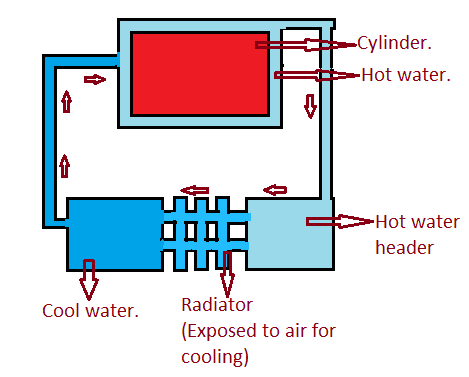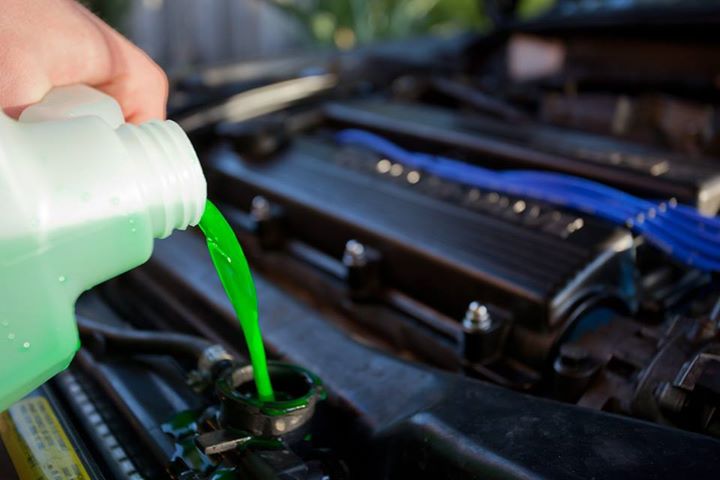Introduction:
An exhaust flange gasket is an essential component of your vehicle’s exhaust system. It helps to create a tight, airtight seal between two metal parts of the exhaust pipe, preventing leaks from occurring. Additionally, it reduces noise from the engine and muffles vibration from the exhaust pipe. Let’s take a look at why you need an exhaust flange gasket and how to maintain it properly.
What is an Exhaust Flange Gasket?
An exhaust flange gasket is a type of sealing gasket used in the exhaust system of a vehicle. It is typically made of a flexible material such as rubber or metal, and is placed between the exhaust pipe and the exhaust manifold or other exhaust components. The purpose of the exhaust flange gasket is to seal the connection between the exhaust components and prevent exhaust gases from leaking out. It is an important part of the exhaust system, as a leak can not only cause performance issues, but it can also be dangerous if the exhaust gases are allowed to escape into the passenger compartment of the vehicle.
Why You Need an Exhaust Flange Gasket?
An exhaust flange gasket can be made of metal or rubber, depending on the type of vehicle you have. It helps to create a tight seal between two metal pipes in your car’s exhaust system—the headpipe and the tailpipe. This prevents any escape of gas or fumes, as well as reducing noise and vibration coming from your engine and exhaust pipes. Without a properly fitted gasket, you risk dangerous levels of carbon monoxide entering your cabin or other areas of your car that shouldn’t be exposed to these gases.
How to Maintain Your Exhaust Flange Gasket?
Your vehicle’s flange gasket should be checked regularly for signs of wear and tear—especially if you notice any change in sound emanating from your engine or exhaust pipe. If you find that it needs replacing, it is important to make sure you get the right replacement for your specific make and model of car. The best way to do this is by consulting with a professional mechanic who will be able to advise on the best type for your vehicle.
In addition to having a professional check on your gasket regularly, there are some things that you can do yourself at home in order to keep it functioning optimally: firstly, make sure that you start with clean surfaces before fitting the new part; secondly, use tightening tools correctly so as not to damage either surface; lastly, ensure that all bolts are securely tightened down after installation.
Exhaust Flange Gasket Uses?
Exhaust flange gaskets are used to seal the connection between the exhaust pipe and the exhaust manifold or exhaust pipe and muffler. They are designed to prevent leaks and maintain proper exhaust gas flow through the exhaust system. Exhaust flange gaskets are typically made of metal or a composite material such as graphite or ceramic and are located between the flanges of the exhaust pipe and manifold or muffler. They are an important component in the exhaust system as they help to reduce exhaust noise and improve the overall performance of the vehicle.
Signs of exhaust manifold gasket failure?
There are several signs that may indicate a failure of the exhaust manifold gasket:
- Decreased engine performance: A faulty exhaust manifold gasket can cause a decrease in engine performance, resulting in reduced power and acceleration.
- Increased engine noise: An exhaust manifold gasket that is failing may cause an increase in engine noise, such as knocking, rattling, or a loud exhaust sound.
- Decreased fuel efficiency: A faulty gasket can cause the engine to run less efficiently, resulting in decreased fuel efficiency.
- Exhaust leaks: A damaged gasket can cause leaks in the exhaust system, which may be visible as visible exhaust smoke or a smell of burning.
- Overheating: A faulty gasket can cause the engine to overheat, as the gasket is responsible for sealing the exhaust manifold to the engine. This may result in the temperature gauge rising or the engine warning light turning on.
How do you know if your exhaust flange is leaking?
There are a few signs that may indicate that your exhaust flange is leaking:
- Decreased fuel efficiency: If the exhaust gases are not being properly directed out of the tailpipe, it can lead to an increase in fuel consumption.
- Decreased performance: An exhaust leak can also lead to a decrease in engine performance, as the exhaust gases are not being expelled efficiently.
- Loud noises: An exhaust flange leak can cause a loud, rumbling noise when the vehicle is in operation.
- Visible signs of a leak: If the exhaust flange is leaking, you may be able to see visible signs of the leak, such as smoke or visible exhaust fumes coming from the area around the flange.
- Check engine light: A malfunctioning exhaust flange gasket can trigger the check engine light on your dashboard.
How long do exhaust flange gaskets last?
Exhaust flange gaskets can last for a long time if they are properly maintained and not subjected to extreme conditions. However, they can fail prematurely due to various factors such as corrosion, vibration, or high temperatures. It is generally recommended to inspect and replace exhaust flange gaskets every 50,000 to 100,000 miles, or as needed based on the condition of the gasket.
Conclusion:
The importance of having a properly fitted flange gasket cannot be understated when it comes to ensuring that no harmful gases escape into your cabin or other areas of your car which could cause injury or illness. Regular maintenance checks should always be performed by a professional mechanic in order to ensure that the part remains in good working order over time and that any necessary replacements are done quickly and efficiently with regards to safety standards. By following these simple steps, you can ensure that both sound levels remain low while keeping toxic gases out of enclosed spaces in your car!


